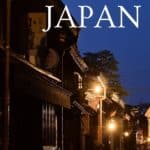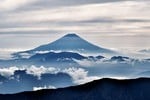Are you wondering how you can get off the beaten path in Japan? While Tokyo and Kyoto make great starting points, you’ll find many more alternative places to visit in Japan right here.
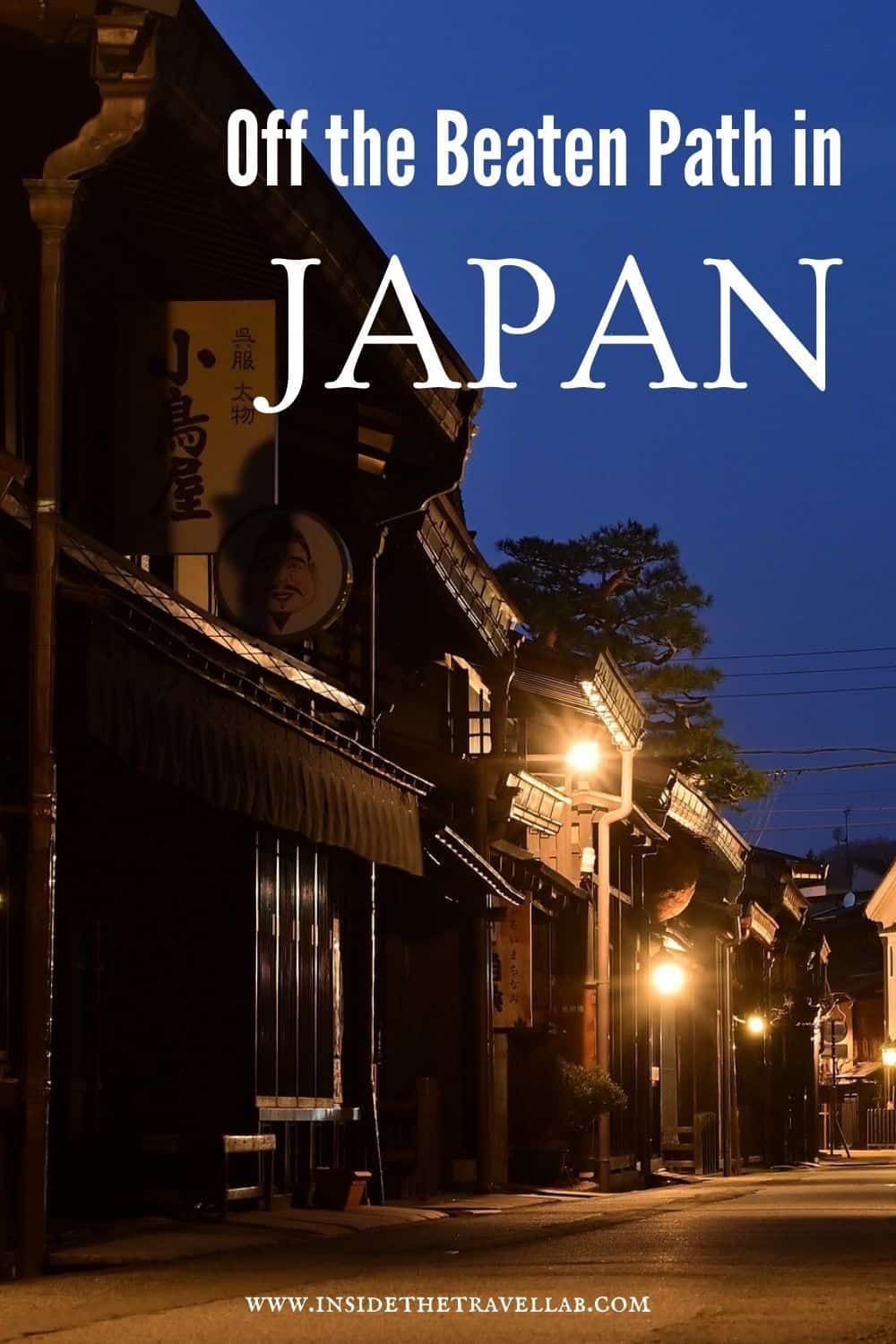
How to Get Off the Beaten Path in Japan
Ah, the highlights of Japan. The glistening snowy silhouette of Mount Fuji framed by cherry blossom. The bright lights and big city vibe of Tokyo. The quiet cobbled geisha lanes and temples in Kyoto. There are so many amazing things to do in Japan and must-see places for your itinerary.
But if you’re a thoughtful and curious traveller (which you probably are if you hang around here) then perhaps you’d like to go further than the standard tourist spots in Japan. To travel deeper.
To get off the beaten path in Japan and explore a little more than only the Golden Route.
Well, I love the places and after many years and many visits, let me share with you some of my favourite unique places.
Let’s go. Starting at the top. Geographically speaking…
Let’s talk about off the beaten path destinations that I love in Japan.
What to Know Before you Travel Off the Beaten Path in Japan
Overall, Japan remains a friendly and safe destination for international visitors and one of my favourite countries to explore, whether with friends and family or solo.
That said, you do need to check out your paperwork in advance. You may need to arrange a visa (check out the different Japanese visa types here) or arrange for an agent to organise one on your behalf. Another tool to consider is the Japan Rail Pass if you plan to cover a lot of ground.
Away from the so called “golden route” of Tokyo and Kyoto, you may find that English is not widespread and that so called “western” options are not always available.
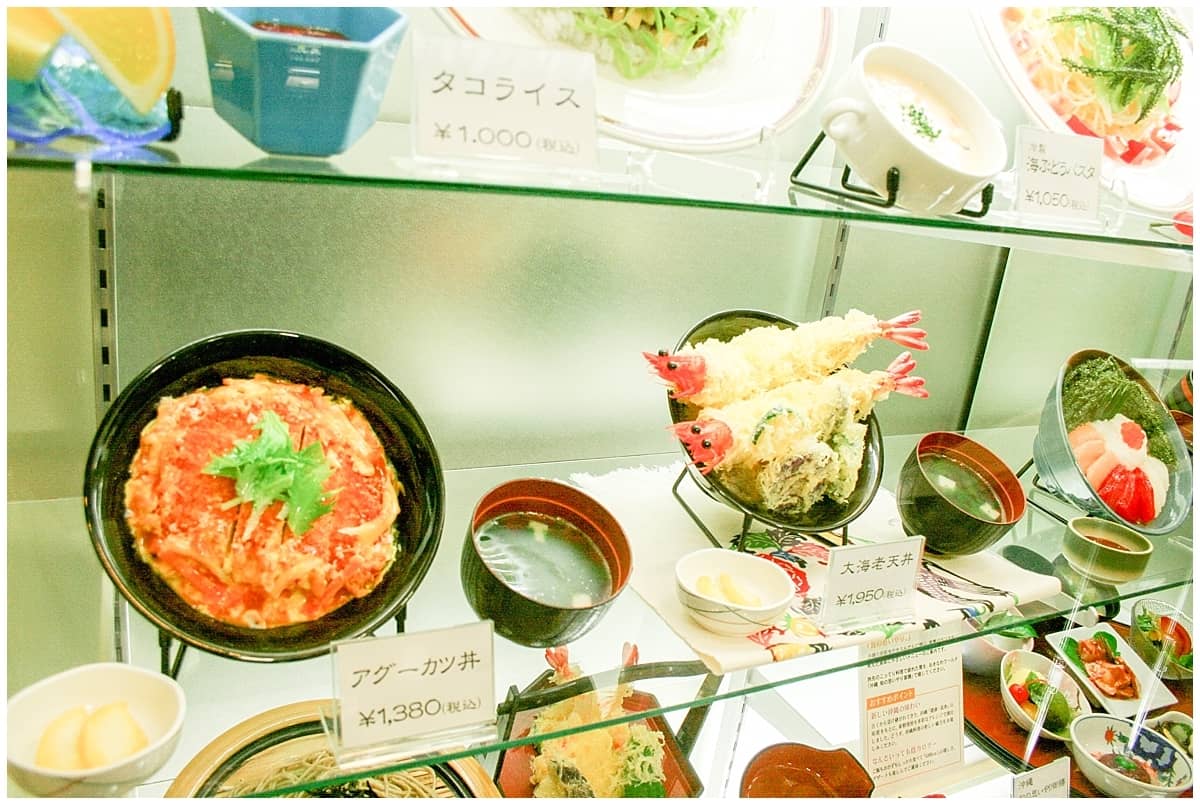
What does that mean? Well, Japanese cuisine is very distinct, particularly at breakfast. Traditional Japanese hotels, often called ryokans, may have fold out beds on tatami mats and you may be expected to eat dinner sitting cross legged on the floor. Some hotels don’t have individual showers; instead you’ll bathe in the sex-segregated communal onsen areas.
To me, I absolutely loved the differences and such exploration forms one of the best parts of travel. I loved getting off the beaten path in Japan.
However, some of my travel companions found it tough. Try to pack an open mind but also, perhaps, some dehydrated noodles or granola bar snacks, especially if you feel that you need the food to stay the same.
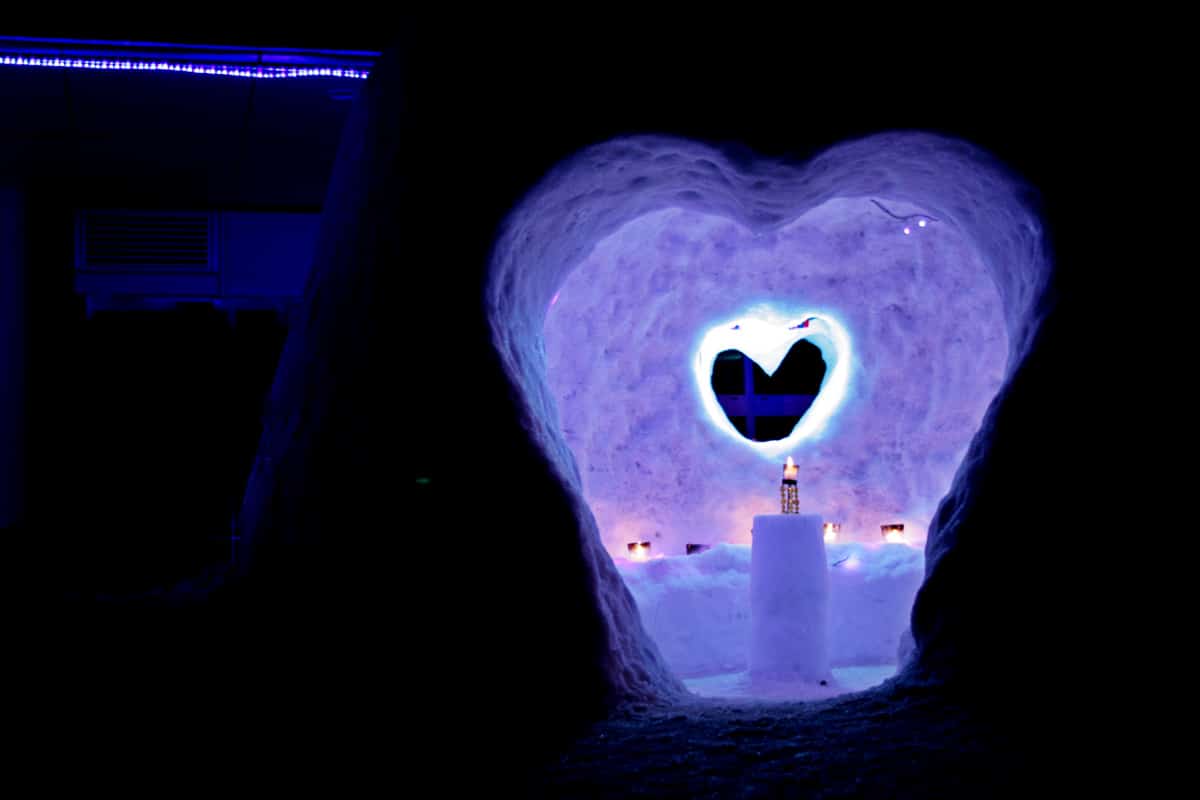
The Best Off the Beaten Path Things to Do in Japan
The Snowy Festivals
Up in the north, Sapporo steals the headline as the major snow festival. It attracts more than two million visitors every year, builds multi-storey ice statues and claims the world record for the most snowmen built at on time (12 379 in case you’re interested.)
Yet it’s not the only snowscape in town. One of the best ways to get off the beaten path in Japan involves visiting the other, smaller, more intimate snowy festivals.
Yokote Kamakura
Take the Yokote Kamakura, for example. Held every year, just 260 km north of Tokyo, the whole village gathers together to build igloos across town and along the road up to the castle.
Children hand out traditional hot rice cakes and sake, while sculptures range from bridges to hearts to the rather less traditional Donald Duck.

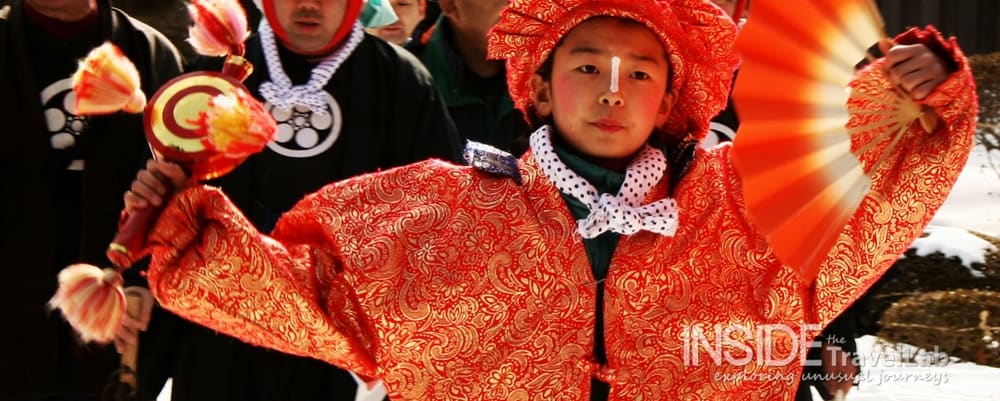
Hachinohe Emburi
Then there’s the Hachinohe Emburi, where dancers fill the snowy sky with rainbow tails and grandmothers serve hot octopus to visiting strangers. When people talk about hidden gems, this is the kind of thing they mean. It’s really one of my favourite secret places in Japan.
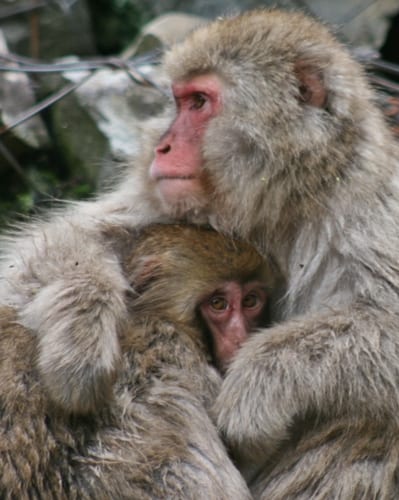
Snow Monkeys
If you can’t get that far north but still want to see an unusual side of Japan, take a day trip from Tokyo to Joshin-Etsu Kogen National Park to see the snow monkeys in the hot springs at Jigokudani Yaenkoen. They’re no longer as hidden as they used to be but a trip still takes you off the beaten path in Japan.
Watch the monkeys take turns bathing in the thermal springs in between grooming one another and leaping into the air.
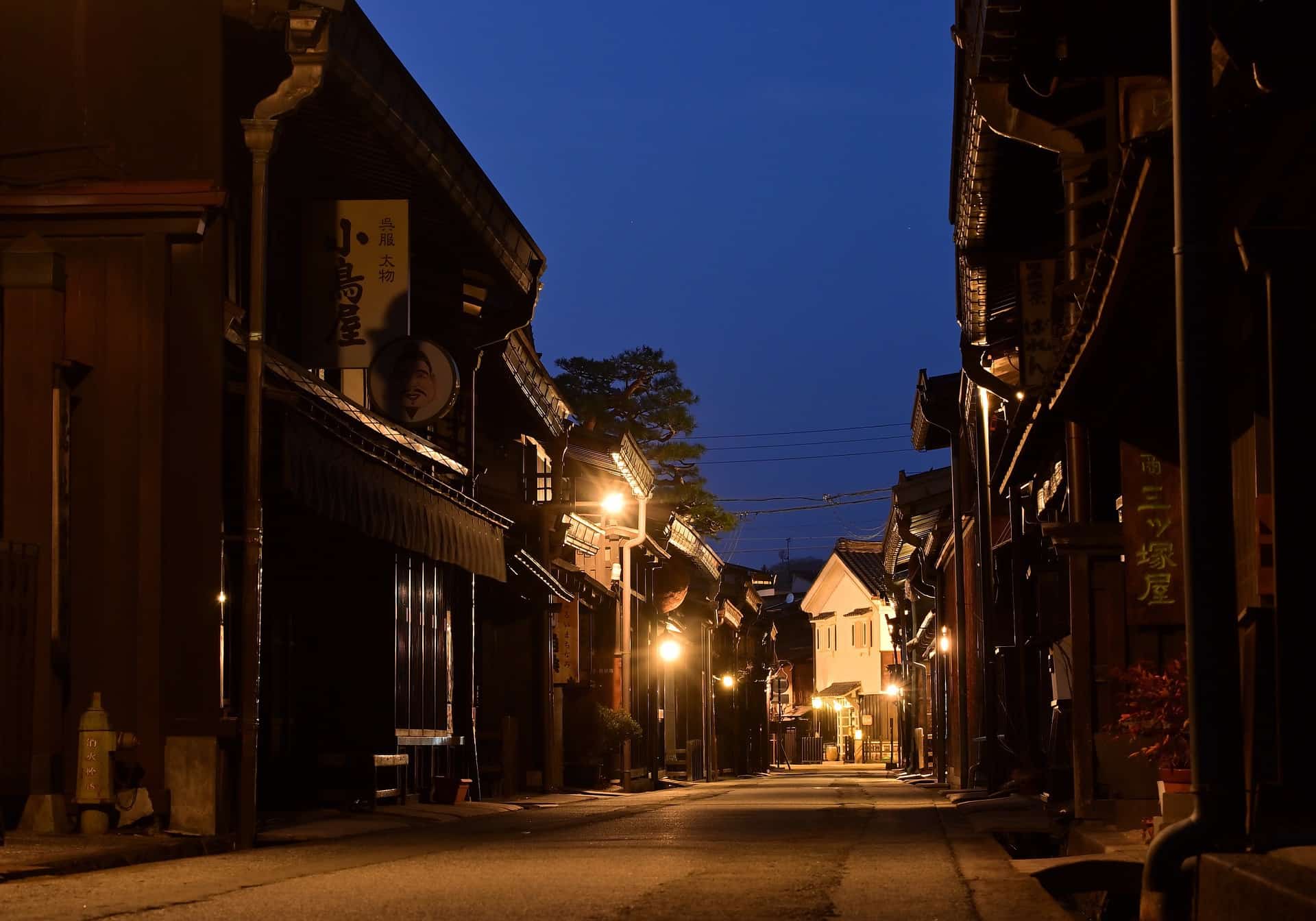
Takayama in the Mountains
Travel to the mountains of the middle of Japan, to the city of Takayama to get off the beaten track in Japan. Well, sort of.
Takayama’s beautiful old town draws visitors in but fewer, by far, than the golden route of Tokyo and Kyoto.
During the feudal Edo period, Takayama rose to fame as a place for carpenters.
As a result, the Sanmachi Suji historic district oozes atmosphere between wooden houses and bamboo screens and gives a romantic look at a world now gone.
Look out for the cedar balls that hang above doorways. They signify that sake breweries live there, a remnant from the time when the population couldn’t read.
To get the most out of your visit, go with a guide through the old town.
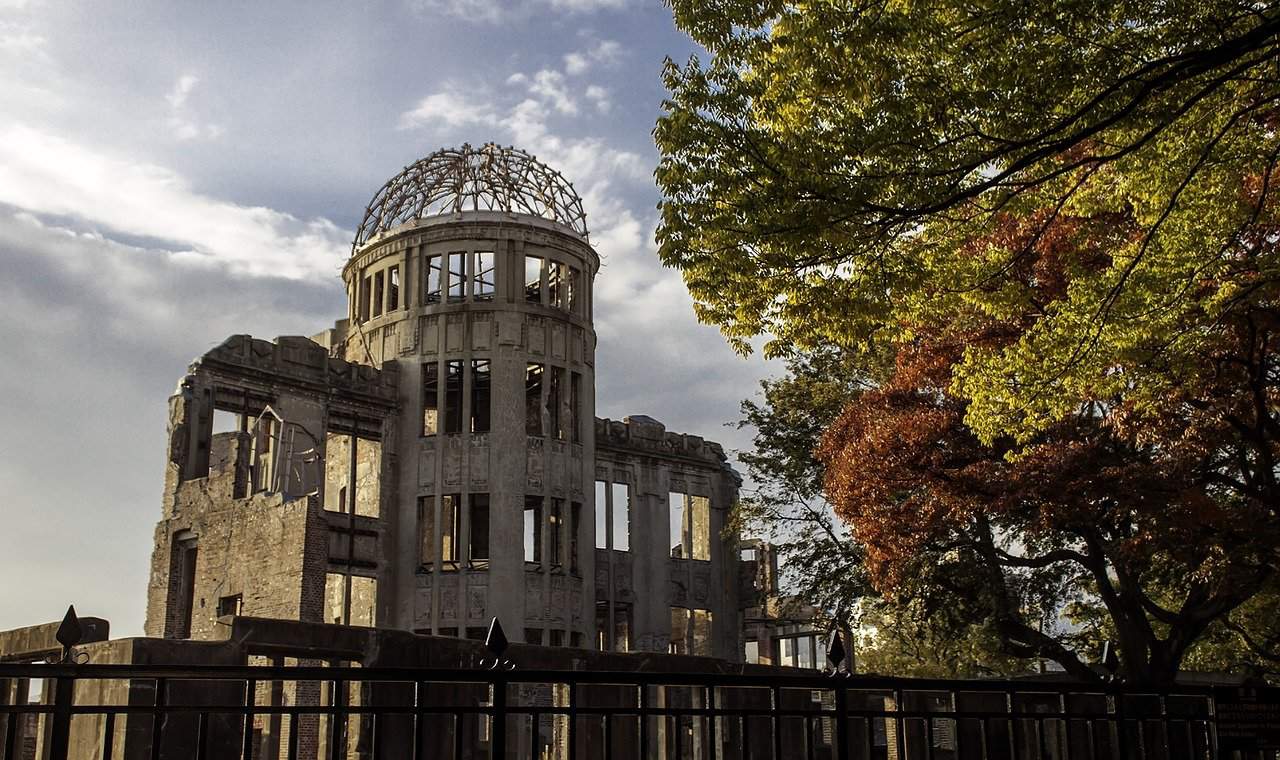
The Poignant Two Cities
Across the world, both Hiroshima and Nagasaki are household names for the terrible things that happened there. But in Japan, they are living, breathing cities with a character of their own.
Hiroshima
More travellers find their way to Hiroshima than Nagasaki, as it has a slightly easier connection by the shinkansen bullet train and lives closer to Tokyo.
Hiroshima also sits near the beautiful island of Itsukushima, known as Miyajima, and the Great Torii Gate that protrudes from the water. Stay overnight on the island to see one of the most peaceful landscapes in the world, but by evening, watch out for deer trying to eat your map.
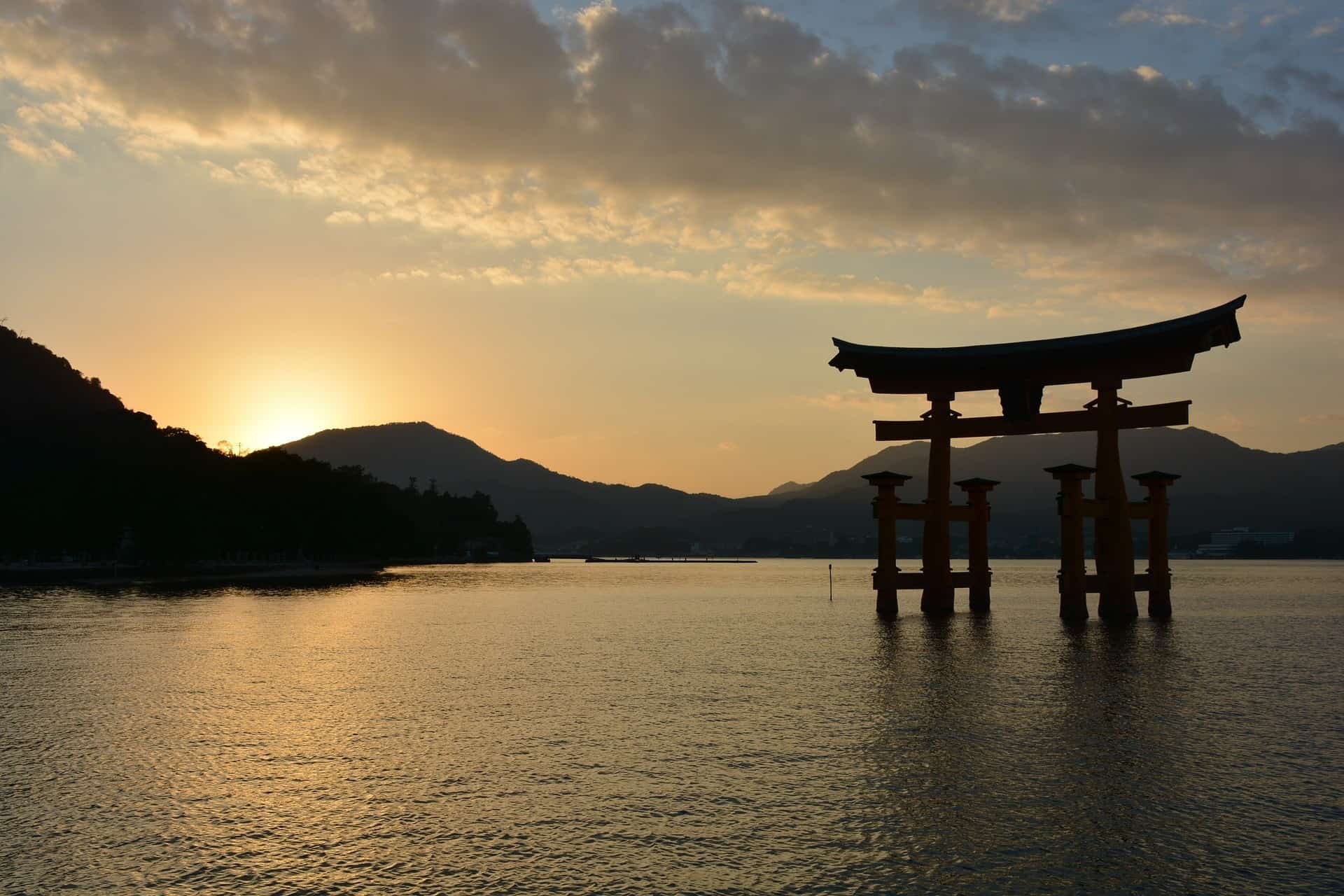
Back in Hiroshima, it’s hard to forget the sight of the twisted metal of the Genbaku Dome that continues to stand as a reminder of the events that took place on the morning of 6th August 1945. It’s one of Japan’s more modern UNESCO World Heritage Sites, but no less powerful for it.
However, the rest of the city has been rebuilt – and is all the better for it.
The Hiroshima Peace Memorial Museum provides an interesting perspective on the chain of events that led to the bomb drop and offers a sense of hope, somehow, through the Peace Flame and the paper crane tradition that began with the young girl Sadako Sasaki.
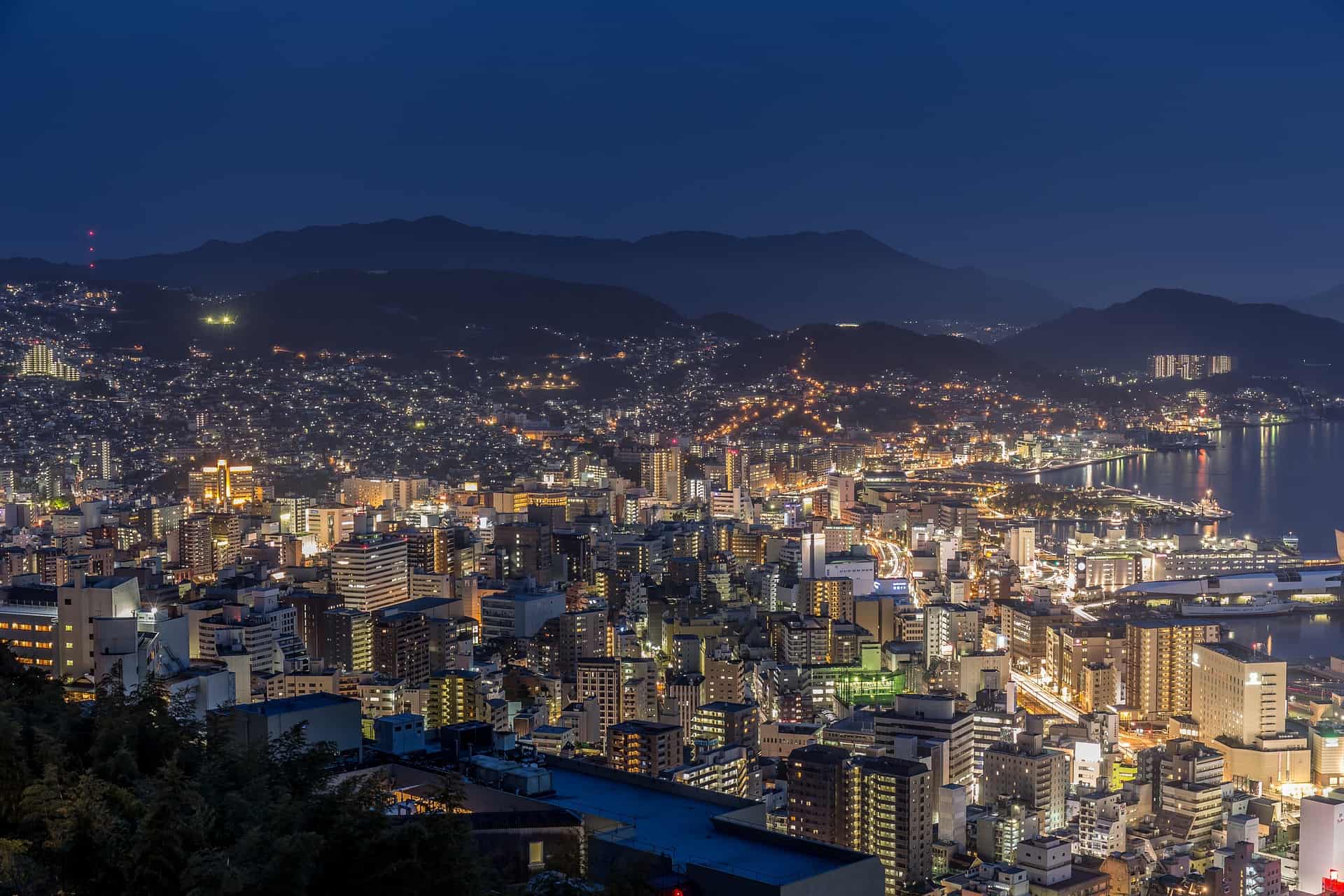
Nagasaki
Nagasaki stands out in Japan: it was one of the few cities open to trade with the rest of the world during the 214 year sakoku lockdown. As a result, it has a more cosmopolitan flavour (quite literally, the influence over food results in more diversity here too.)
Back in the day, foreigners were confined to live on the artificial Dejima Island.
Today, you can walk through these narrow streets and meet guides in period costumes. Somehow, though, the foreign influence escaped and Nagasaki is also home to Japan’s oldest church.
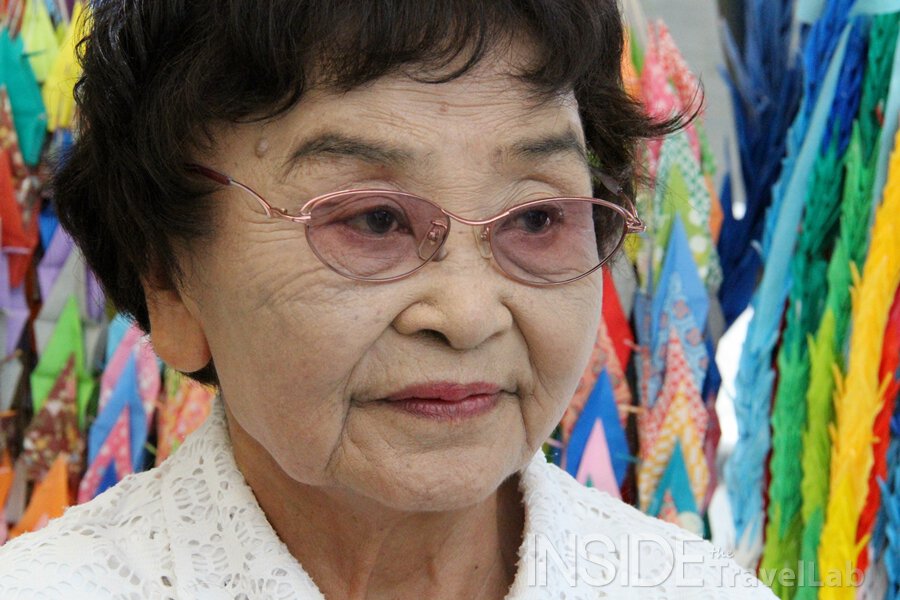
Today’s Nagasaki is tall and gleaming with skyscrapers in glittering shades of progress, but a visit to the Nagasaki Atomic Bomb Museum is a poignant reminder of the dual nature of that progress.
To really get off the beaten path in Japan, travel out to Gunkanjima, the abandoned island. If the ruins and wilderness look familiar, let me jog your memory. This was the villain’s lair in the James Bond movie Skyfall. Hidden Japan indeed…
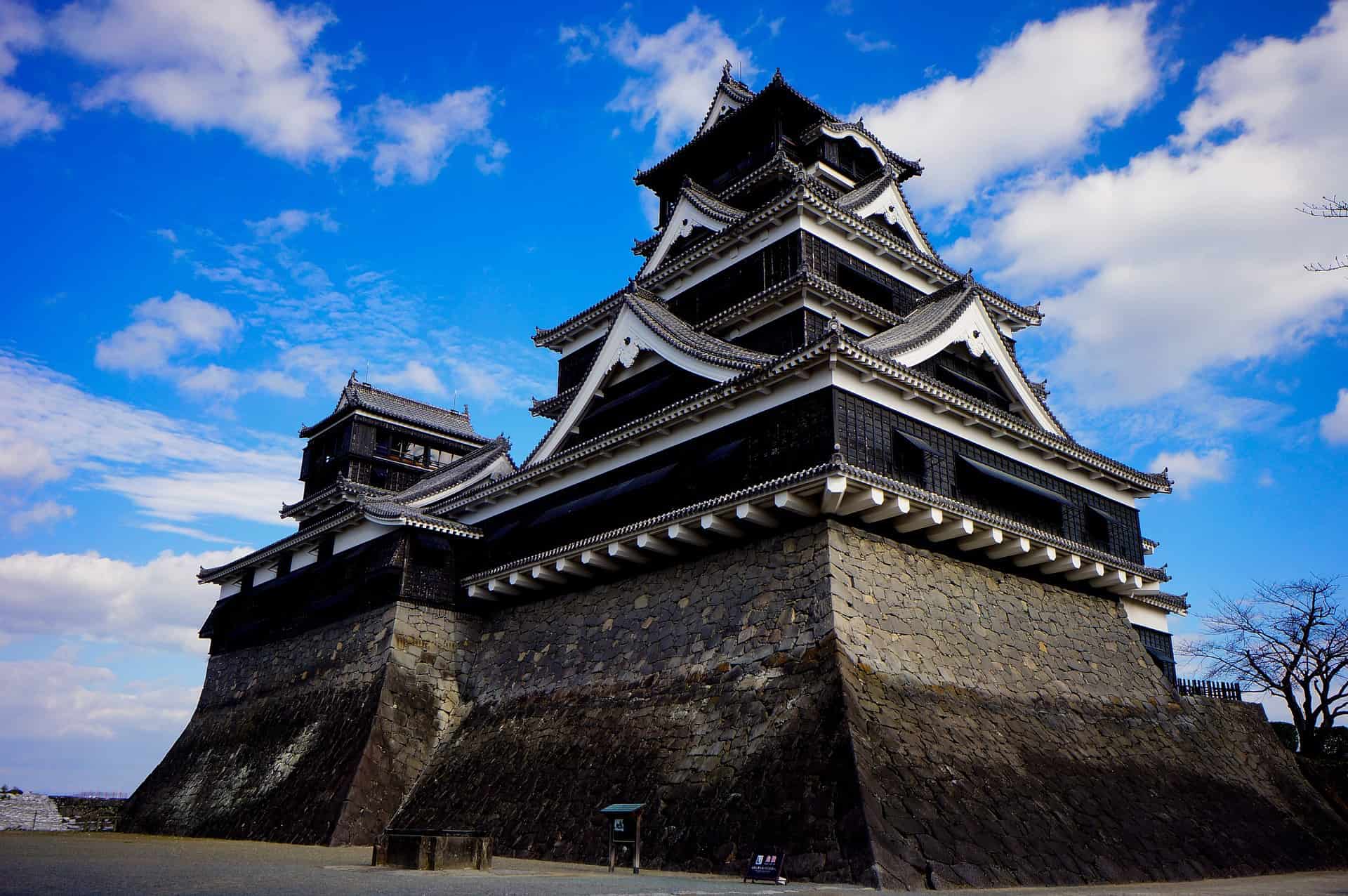
Volcanic Spa Practices in Kyushu
If you want to get off the beaten path in Japan but still stay in the city, head to Fukuoka. It’s situated in Kyushu, the most southwest of Japan’s main island and its busy life and subtropical climate makes for an intriguing mix.
There’s some horrible history, around here, with dissenters being thrown into bubbling sulphuric springs. But there’s also relaxation and beauty.
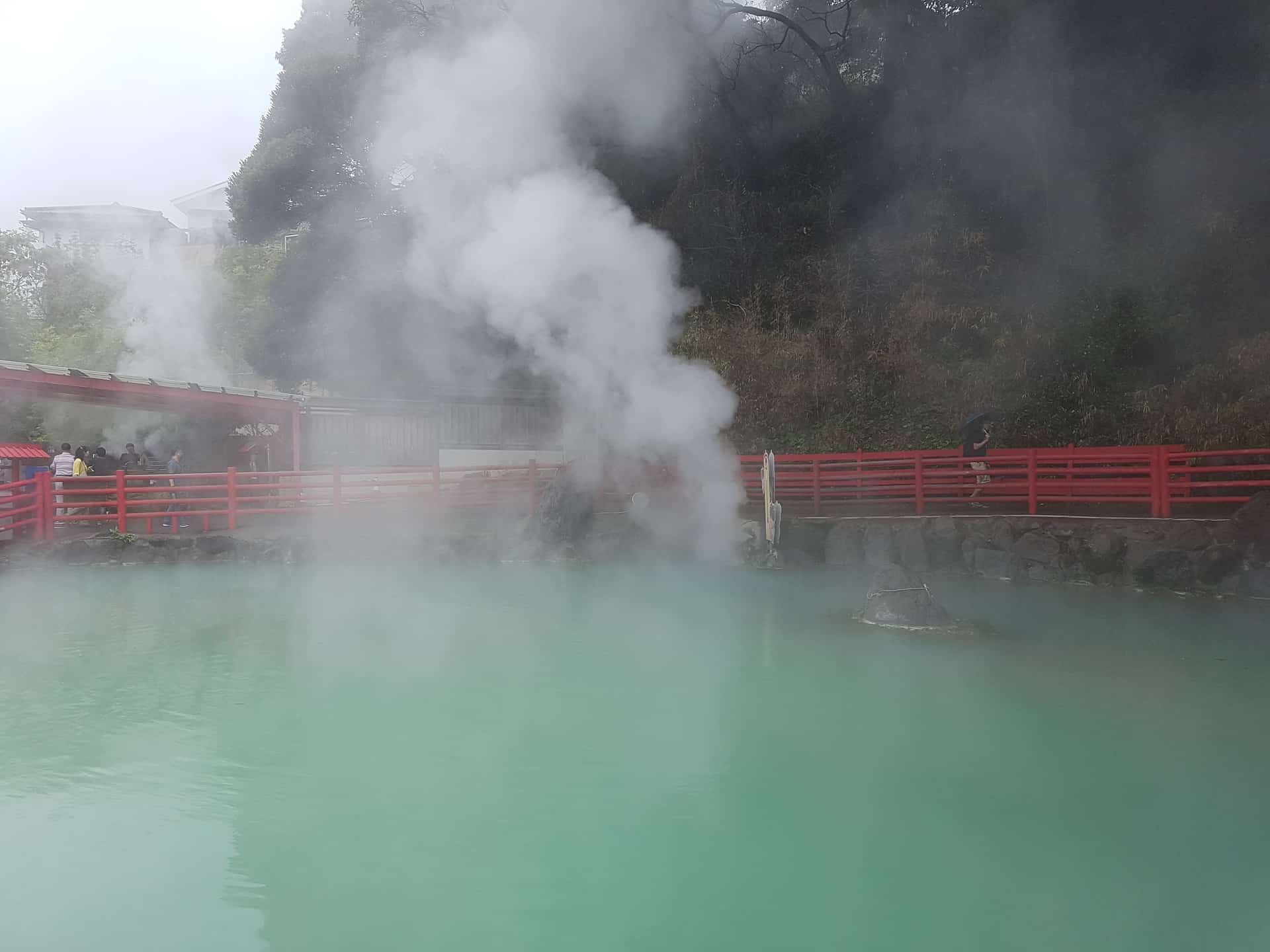
Kyushu is known for its spa practices, particularly around Beppu. But, if you’re expecting the experience to resemble a spa trip in England or the US, get ready to think again. One of the most famous practices involves being buried in wet sand, with just your head left sticking out.
Nagasaki also lives within Kyushu’s borders, a fascinating and beautiful city. And beyond the sobering nuclear history, you can also learn about the kamikaze pilots at the Chiran Peace Museum on the Satsuma Peninsula.
All in, you’ll find wilderness and city-slicking, history and modernity all within this southwest region. If bubbling volcanoes intrigue you, then head to Kyushu to get off the beaten path in Japan.
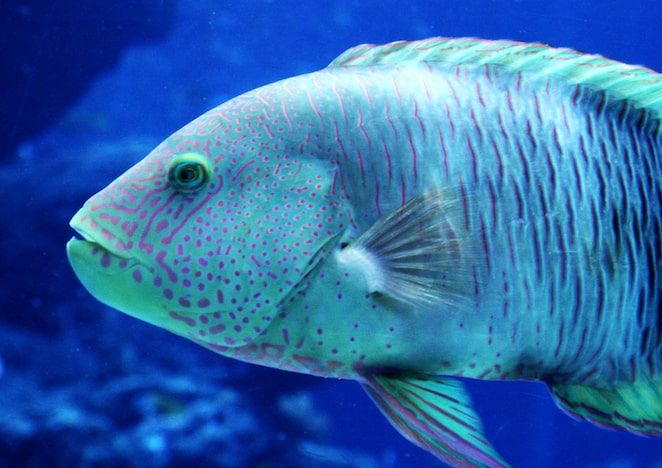
Tropical Beauty in Okinawa
Not only do the 150 or so islands of Okinawa have great tropical beauty but they also have the secret to the longest life expectancy on earth: the Okinawa diet.
Comprising principally of pickled seaweed and purple ice cream, Okinawa is a colourful, cheerful rum punch cocktail kind of a destination.
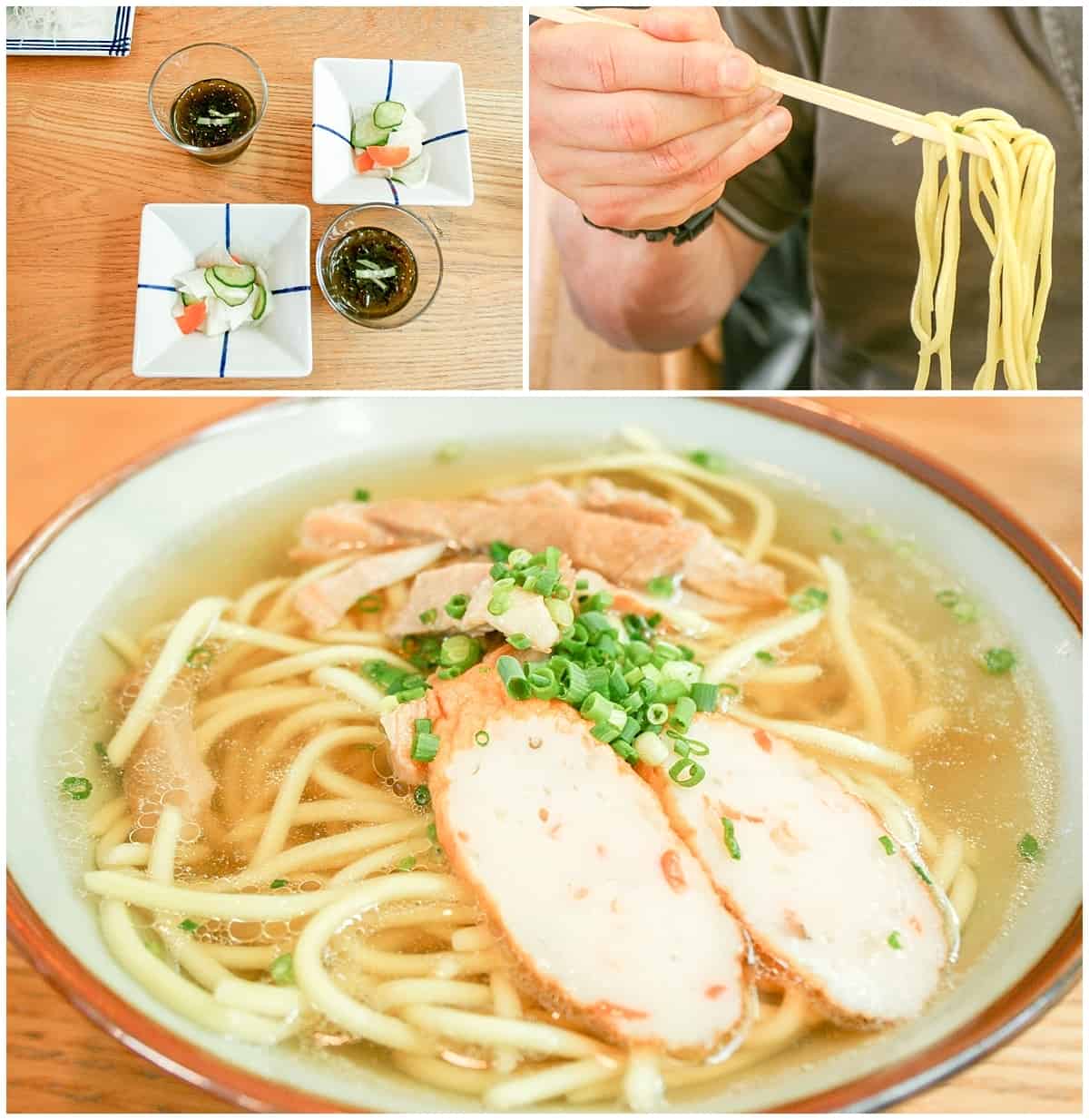
Highlights include the beaches at Taketomi, where the sand has the shape of stars. Or Yubu Island, where traditional water buffalo transport visitors across the water to the sound of the mournful string music. There’s also the open air traditional Ryuku village museum to bring greater understanding to the different practices found across this distinct part of Japan.
Several historic sites from the Pacific front in World War Two lie dotted across the islands, along with the colossal Okinawa Churaumi Aquarium and the scarlet Shurijo Castle.
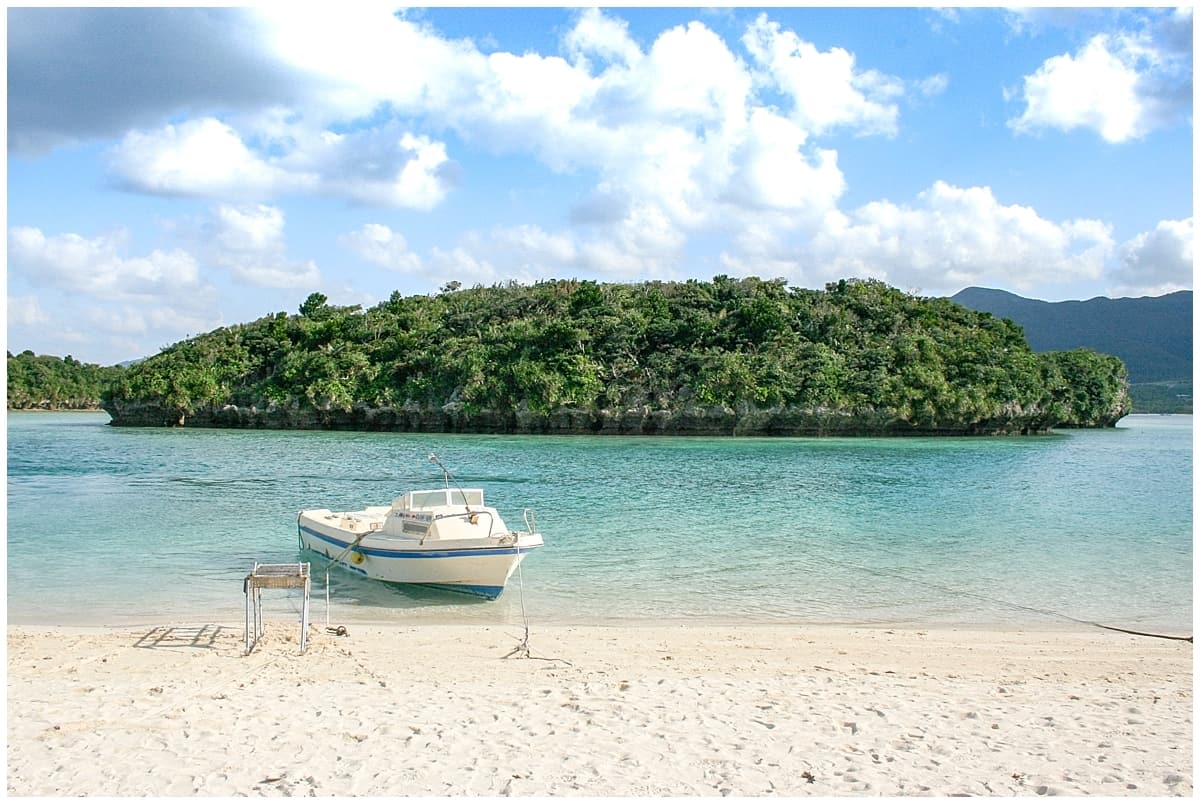
And then there’s Iriomote Ishigaki National Park, one of many national parks found across Japan. However, this one has the best beaches, a fact worth heading off the beaten path for and no mistake.
Why is it Important to Travel Off the Beaten Path in Japan?
Aside from the fact that it’s often a lot more fun and fulfilling to travel off the beaten path, there’s another reason as well.
Overtourism is a phenomenon that’s raising its ugly ahead around the world and it refers to the time when the balance between visitor and visited has been lost. Excess rubbish, damage to infrastructure, a lack of housing for locals and environmental damage all form part of the overtourism problem.
Plus, let’s face it, it’s simply not as enjoyable for anyone involved to spend all day in a crowded queue, surrounded by exactly the people you could have met at home.
The solutions are complex and form part of the bigger conversation about sustainable tourism. But one useful strategy involves encouraging people to spread out a little more. It’s not the perfect answer but it does offer some temporary reprieve to crowded hotspots as well as bringing the real thrill of travel alive not only for travellers but also for the people who receive them as guests.
More About Travel in Japan
Start with our Japan Trip Planner to create your Japan itinerary and then move on to our other articles and resources on visiting Japan.
- The Highlights of Japan – read about Japan’s top attractions
- How to spend five days in Tokyo – your step by step itinerary
- This snowy festival is beautiful and I want to take you there
- The secret to the longest life expectancy in the world
- What this Nagasaki bomb survivor wants you to know
- How to enjoy hot octopus in the snow in Japan
- How to climb Mount Fuji as a day trip from Tokyo
- What is Hiroshima like today?
- The first time travel tips for Japan you need to know

